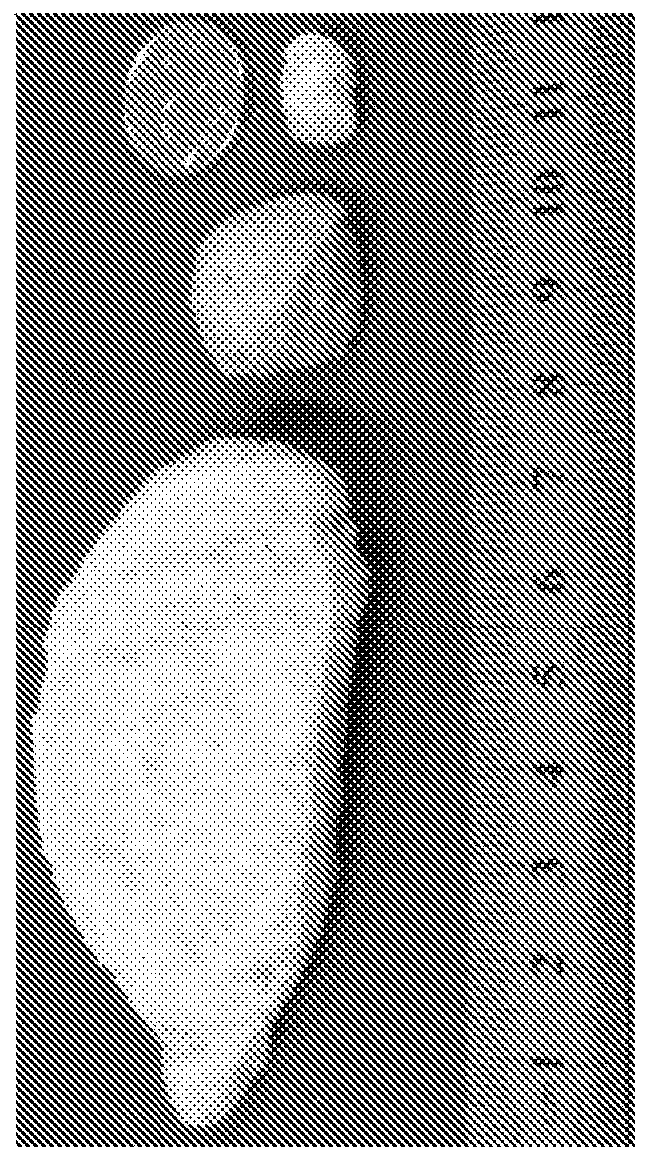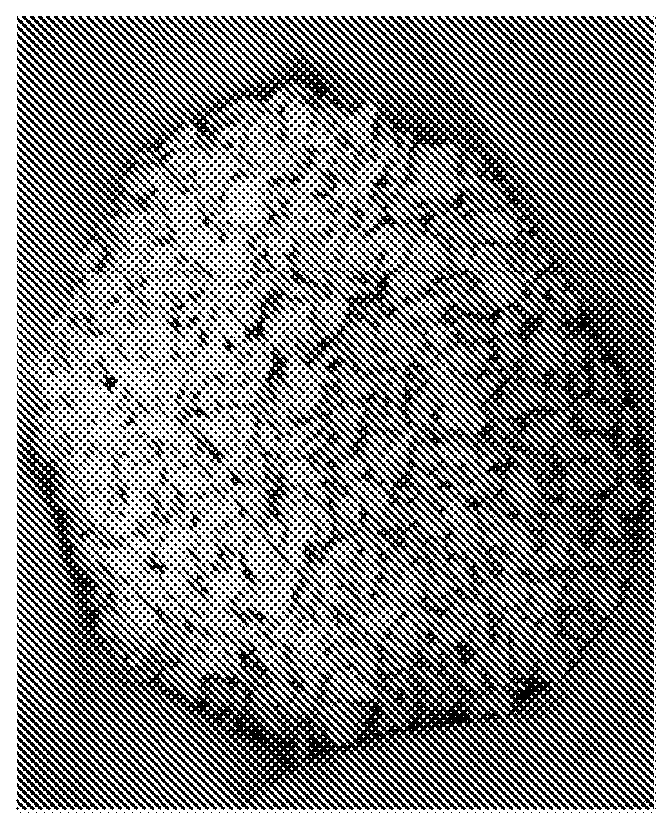Cultured meat composition
A composition and cell technology, applied in the field of cultured meat composition, can solve problems such as unsustainable meat production system
- Summary
- Abstract
- Description
- Claims
- Application Information
AI Technical Summary
Problems solved by technology
Method used
Image
Examples
Embodiment 1
[0177] Three-dimensional structure analysis of TSP porous scaffold
[0178] The TSP scaffolds were examined using scanning electron microscopy (SEM) to analyze their three-dimensional (3D) structure on both the micro- and nanoscale (scale). The 100× image shows that TSP is porous with a pore size of 100–1,000 μm, which can be used for cell culture. showed thicker walls in large TSPs compared to TSPs of medium origin ( Figure 3A and 3B ). SEM image of large TSP (2×10 5 Magnification) shows that TSP contains 30 nm globular protein clusters. Analysis of medium-sized TSPs revealed more amorphous colloidal material between these clusters ( Figure 4A and 4B ).
Embodiment 2
[0180] Growth and Proliferation of Fibroblasts Cultured on Porous Scaffolds
[0181] Attachment and proliferation of fibroblasts on TSP scaffolds were examined. First, 50,000 skin fibroblasts labeled with RFP were seeded on TSP scaffolds and cultured. After 14 days of incubation, the TSP scaffolds filled with skin fibroblasts were reseeded with 200,000 endothelial cells and incubated for an additional 7 days. At days 8, 18, and 21 after fibroblast seeding, TSP samples filled with cells were immunostained and imaged using a confocal microscope. The results showed that even when seeded at a low cell number of 50,000 cells, fibroblasts proliferated and covered the TSP scaffold ( Figure 5A ). After seeding endothelial cells ( Figure 5B ), endothelial cells aggregated into clusters ( Figure 5C ). Next, examine scaffolds from each scaffold source and scaffolds cut from 90° relative to the surface orientation of the TSP. Each scaffold was seeded with 200,000 fibroblasts and...
Embodiment 3
[0183] Growth of Myoblasts Cultured on Porous Scaffolds
[0184] To assess the utility of generating muscle tissue, experiments were performed to investigate whether muscle cells could grow on TSP scaffolds.
[0185] For this purpose, the 0.5×10 6 Myoblasts were seeded on TSP scaffolds and cultured in the presence of a low-serum differentiation medium, making them more suitable for cultured meat production. Myoblast images on day 14 ( Figure 7 ) showed that myoblasts proliferated on the TSP scaffold, indicating that the cells could fill the scaffold after 14 days in culture.
PUM
| Property | Measurement | Unit |
|---|---|---|
| diameter | aaaaa | aaaaa |
| pore size | aaaaa | aaaaa |
Abstract
Description
Claims
Application Information
 Login to View More
Login to View More - R&D
- Intellectual Property
- Life Sciences
- Materials
- Tech Scout
- Unparalleled Data Quality
- Higher Quality Content
- 60% Fewer Hallucinations
Browse by: Latest US Patents, China's latest patents, Technical Efficacy Thesaurus, Application Domain, Technology Topic, Popular Technical Reports.
© 2025 PatSnap. All rights reserved.Legal|Privacy policy|Modern Slavery Act Transparency Statement|Sitemap|About US| Contact US: help@patsnap.com



